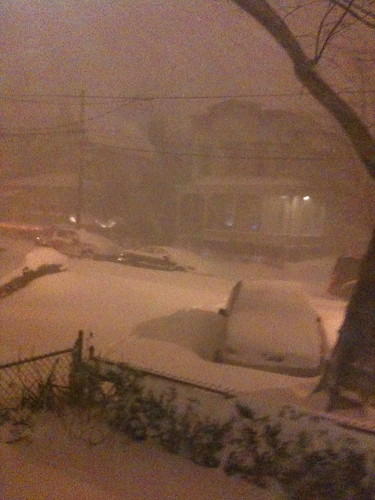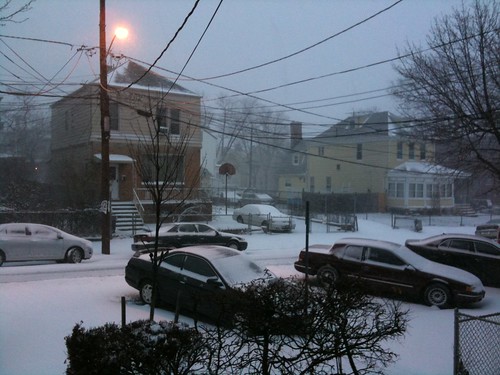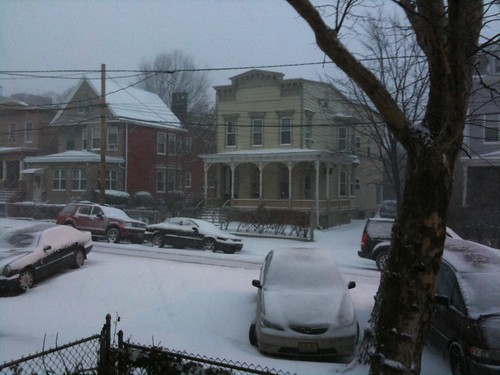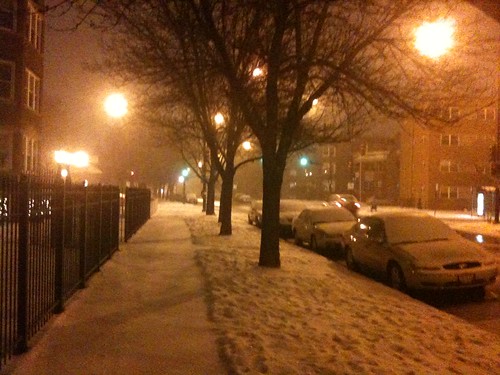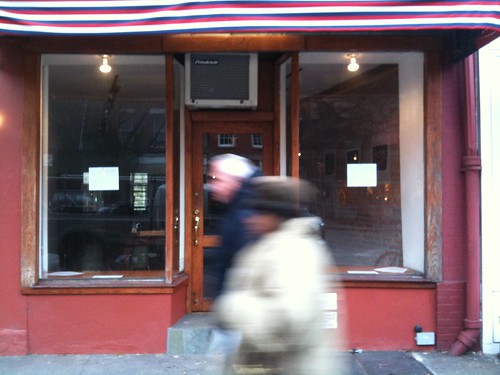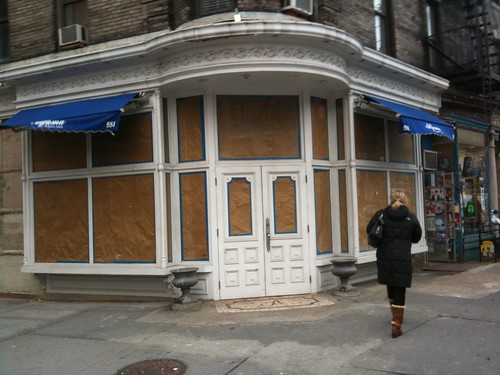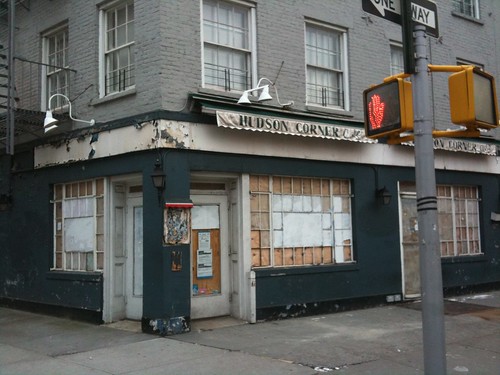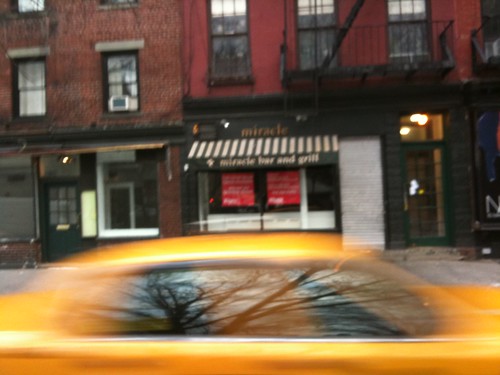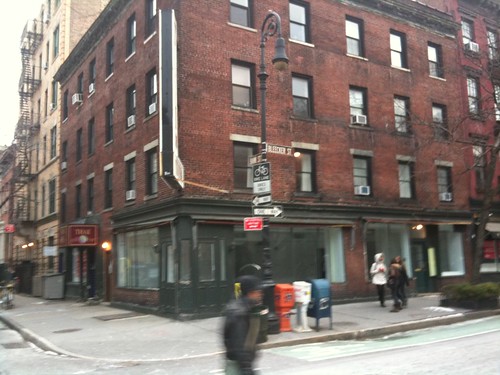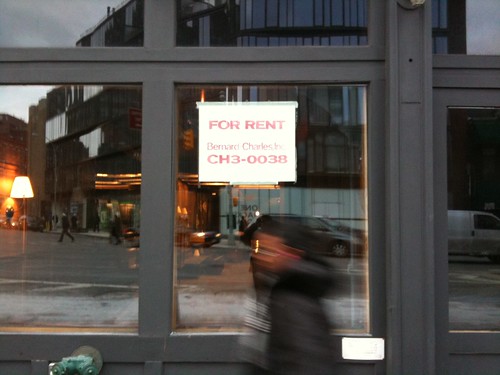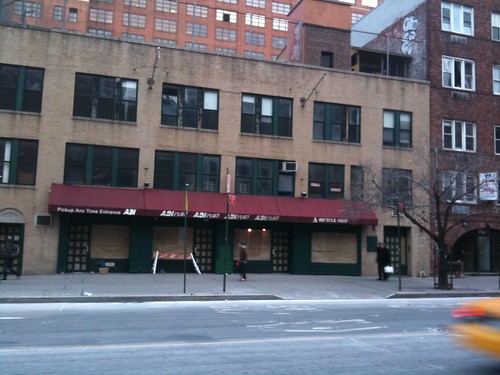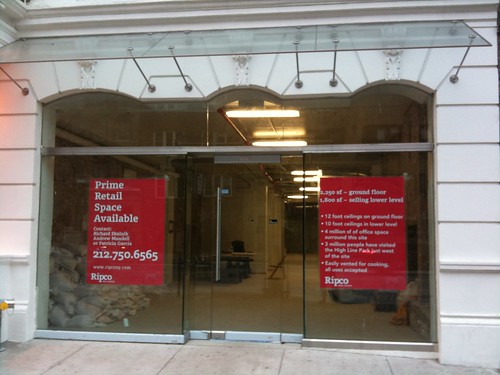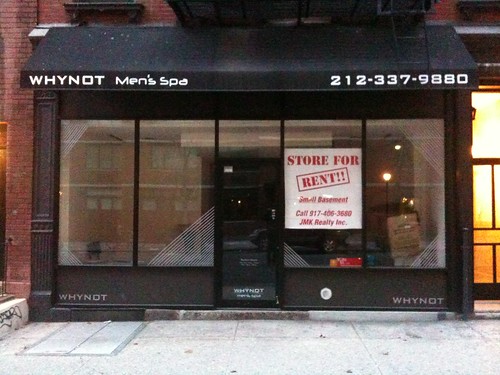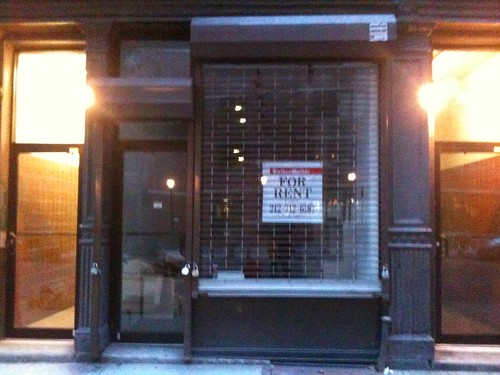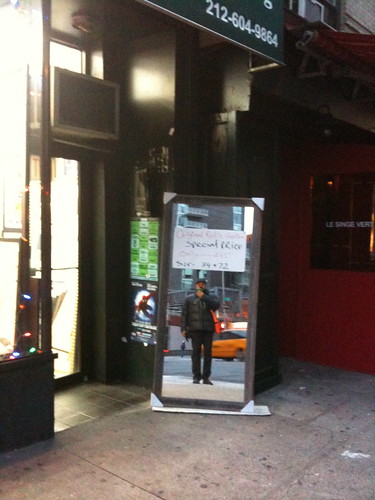Next quarter I'll once again be teaching one of the undergraduate writing program's required courses, one of my favorites, "
The Situation of Writing," and one central component of it involves discussing
contemporary American literary publishing; the processes by which books come into print or, nowadays, e-print; the relationship between writers, agents, editors, and publishing houses; how writers do or don't make a living from publishing literary works; and so forth.
Increasingly as part of this discussion the issue of the
MFA degree and MFA (and PhD in writing/poetics) programs arise, and I have tended to juxtapose lapidary overview texts on 20th century American publishing (like
Jason Epstein's charming
The Book Business: Publishing Past, Present and Future, W. W. Norton, 2002
, or
André Schiffrin's much more polemical
The Business of Books: How International Conglomerates Took Over Publishing and Changed the Way We Read, Verso, 2001) with more recent journalistic articles on New York publishing's crises as part of the discussion. UCLA professor
Mark McGurl's 2009 scholarly book,
The Program Era: Post-War Fiction and the Rise of Creative Writing (Harvard), provides an excellent, thoroughgoingly historicized and theorized reading of these programs, which have become increasingly normalized as the means by which American writers become (American) writers, but Mark's remarkable book is 480 pages, and really deserves extended treatment and discussion, worthy of a semester-long graduate seminar, which I unfortunately do not have in a 10-week quarter, especially given the amount of material I must cover.
I was thus extremely pleased to read
Chad Harbach's essay "
MFA vs. NYC," which appears in the journal
n+1 and is excerpted in the November 26, 2010 online edition of
Slate. Though it has its faults, as any such wide-ranging, systems-summarizing piece does, from being too binary and tidy to too vague and generalizing in places, it nevertheless provides one of the best overviews of I've seen of what the contemporary American publishing world, both the longstanding, commercial mainstream one (headquarted in
New York, but with major nodes in
Los Angeles, Boston, Chicago, San Francisco, and
Philadelphia), and the increasingly parallel one that has developed in university MFA programs. Whereas I have tended in my classes to discuss the New York one, which is, as Harbach notes, in a period of extreme economic stress and structural change, the parallel one, located in MFA programs, is now as significant and important, and as much as the literary world hasn't fully reckoned with this, I would suggest that outside of figures like McGurl and many writer-critics, the scholarly world hasn't either. Moreover, though my introduction to the writing world was primarily through the New York angle, my personal trajectory has straddled the development of the MFA world, and I am now located within it. I studied in an MFA program and have taught in several; my publishing experience bridges both too. If it is almost impossible now to live off one's literary publications in New York or most major American cities--which was not the case 25 or 30 years ago--it is also growing more and more difficult to get creative writing jobs, because of the supply-and-demand problem and university funding crisis, which, though nowhere near as bad as in the humanities more generally, is worsening. The MFA world, consisting by its very nature of artists, and being situated in the university, is still viewed with suspicion by the scholarly world--what is it that writers
do?--and yet it has, as McGurl and Harbach note to differing degrees, as institutionalized and conventionalized as the instutions of which it is a part (and less so each day, apart).
The tensions between these two worlds have played out with several of the major American awards of late, especially the
Pulitzer Prize and the
National Book Awards for fiction, which have been awarded to MFA-produced and based writers published not published by major houses. In the case of
Paul Harding's
Tinkers, it famously was rejected by countless major publishers before it found a small publisher and went on to win the Pulitzer.
What Harbach doesn't discuss or even broach (in part because the world of
n+1, situated as it is at the nexus of the NYC and MFA worlds, doesn't see it), is a third American literary world-system, however, parallel to both of these, which neither NYC's official publishing hierarchy nor that of the MFA programs, at least in the official sense, takes immediate or consistent note of, but which the structural and above all technological shifts and changes over the last 25 or so years have made possible, which is the autonomous/self-publishing/minoritarian/issue-based/grass-roots writing communities. This world, which is both diminished in key ways as elements of it have been assimilated by the NYC and MFA worlds (queer writing; black writing; black queer writing; etc.) and, for non-creative work, by the institutionalization of criticism, is the world of the slams; the world of community-based minoritarian organizations; the world that produced
Language poetry, the
Violet Quill, the
Fag Rag Collective,
OutWrite, Other Countries,
Seal Press, Alyson, Gay Men's Press of New York, and so on, and that was already on the wane by the early 1990s. This is a world that many writers of my generation and I also came out of. The
Dark Room Writers Collective, my first post-collegiate exposure to the literary world and an autonomous entity based in but distinct from the larger literary world in Cambridge and Boston, was inspired in no small part by and developed out of the historical, social and political trends of this world, as did a great many of the writers (
Essex Hemphill, Thomas Grimes, Paul Beatty, Ntozake Shange, etc.) who came through the Dark Room in its earliest days.
But even then, all these competing worlds were already in play, and some of the Dark Room's literary avatars, writers who visited and read and provided advice, like Walker, had been honored by the pinnacle of the New York publishing world, the
Pulitzer Prize committee, or
Shange by the Obie and Tony Awards;
Derek Walcott was an internationally renowned poet teaching in a distinguished M(F)A program, and would soon win the
Nobel Prize; and younger writers like
Elizabeth Alexander and
Carl Phillips were in doctoral humanities programs and had received MAs or MFAs; and the pull of the university was something that every single writer in the Dark Room felt, and eventually followed (or succumbed to, as it were). The NYC publishing world, as I said, has assimilated some writers from this realm, especially the most commercial ones, the older ones of a certain level of distinction and public recognition, and those whose work could be commodified and marketed as part of a niche (a historical style, period, etc.), and academe has done the same, with the focus being on intellectual thematics, schools, critical arguments which these writers might be said to have generated or been a part of. Death and time are powerful passports to either, I hate to say. Nevertheless, a gulf still remains between the work of this sort that continues, independent writing and publishing not attached to or located either in the publishing capitals and not part of any educational institutions (I think, for example, of a superb small press like
Redbone Press and its publisher,
Lisa Moore, for example), and the NYC and MFA worlds, which have their own concerns, forms and modes of socialization, interests, understandings of politics, and so forth.
One person who always reminds me of this quite thoughtfully is poet and activist
Jennifer Karmin, who at the pre-
Poets Theater panel discussion broached the issue of resources in relation to the sort of project that had unfolded at
Oracle Theater, and who such work was for, who had access to it, what its origins were beyond the ones usually suggested (the New York School coterie, for example, the Beat Poets, and similar groupings).
Amiri Baraka, Sarah Schulman, and
Sonia Sanchez are other contemporary writers, activists and critics whose life and work have underlined the connections and tensions surrounding these various streams for me. All began in what we might call this alternative or grass-roots stream; all have eventually moved into the university and taught creative writing; all have been honored or recognized, and to some degree published, by the NYC world; but all retain vital connections to the aesthetic and political sites from which they emerged.
I feel this tension in my own life and work, and it lies in part at the core of my critique in the talk I gave at the
Museum of Contemporary Art, at the center of what I have been trying to think through but not fully able to articulate yet, has to do with the lack of recognition of this third or alternative stream, in relation to avant-gardism, even though at this point it really the only one capable of addressing, at least in a direct way, the ongoing concerns that many of us feel about the onward march of libertarian-capitalism/neoliberalism/communicative capitalism (to use
Jodi Dean's term). It comes up for me every time not just my students, but writers I know in the world, ask no longer whether they
should attend an MFA (or PhD) program but take that as a given and want me to parse and rank them, but also when I think about how some of the NYC-based folks, agents, critics, etc., simply could care less about what's happening on campuses, or even more so off them, unless there's the possibility of capitalizing on and somehow effectively commodifying this work so that it can become, well, a means to money, to influence, to a livelihoood.
This brings me back to what I have labeled this alternative stream, which I strongly believe is as crucial for contemporary American art as the other two, and my ongoing wonder about how effective it can it ever be, could it ever be, in a world in which the money remains, at least for the moment in NYC and with mainstream publishing, or what's left of it, while the entropic force and power has moved towards and has now diffused throughout MFA programs is another question, but such are my imperfect and still fully unworked-through thoughts after reading and thinking about Harbach's piece.

